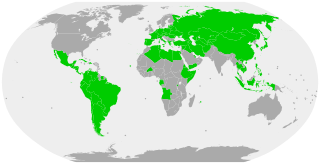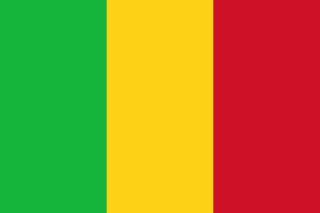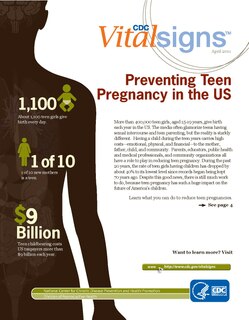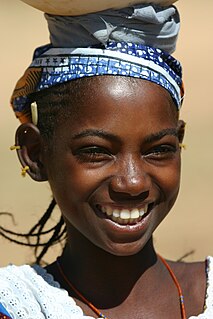Child Marriage in Niger Child marriage is defined as cohabitation between two recognized spouses before the age of 18. [1] 40% of women throughout the world between the ages of 20-24 who married prior to the age of 18 lived in Sub-Saharan Africa. [2] Niger has the highest rates of child marriage in the world, with three-quarters of the female population married before the age of 18 and 28% by the age of 15. [3] Adolescent marriage rates are five times higher amongst females than males. [4]

Child marriage is a formal marriage or an informal union entered into by an individual before reaching a certain age, specified by several global organizations such as UNICEF as minors under the age of 18. The legally prescribed marriageable age in some jurisdictions is below 18 years, especially in the case of girls; and even when the age is set at 18 years, many jurisdictions permit earlier marriage with parental consent or in special circumstances, such as teenage pregnancy. In certain countries, even when the legal marriage age is 18, cultural traditions take priority over legislative law. Child marriage violates the rights of children; it affects both boys and girls, but it is more common among girls. Child marriage has widespread and long term consequences for child brides and grooms. According to several UN agencies, comprehensive sexuality education can prevent such a phenomenon.

Sub-Saharan Africa is, geographically, the area of the continent of Africa that lies south of the Sahara. According to the United Nations, it consists of all African countries that are fully or partially located south of the Sahara. It contrasts with North Africa, whose territories are part of the League of Arab states within the Arab world. The states of Somalia, Djibouti, Comoros and the Arabic speaking Mauritania are however geographically in sub-Saharan Africa, although they are members of the Arab League as well. The UN Development Program lists 46 of Africa’s 54 countries as “sub-Saharan,” excluding Algeria, Djibouti, Egypt, Libya, Morocco, Somalia, Sudan and Tunisia.
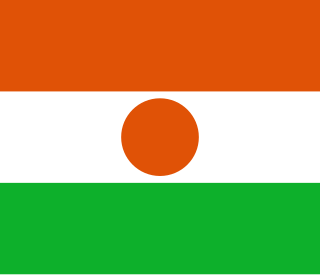
Niger or the Niger, officially the Republic of the Niger, is a landlocked country in West Africa named after the Niger River. Niger is bordered by Libya to the northeast, Chad to the east, Nigeria to the south, Benin to the southwest, Burkina Faso and Mali to the west, and Algeria to the northwest. Niger covers a land area of almost 1,270,000 km2 (490,000 sq mi), making it the largest country in West Africa. Over 80% of its land area lies in the Sahara Desert. The country's predominantly Islamic population of about 21 million live mostly in clusters in the far south and west of the country. The capital and largest city is Niamey, located in Niger's southwest corner.
Contents
- Social and Cultural Aspects
- Religion
- Polygamy
- Family honour
- Social status
- Level of Education
- Nigerien Law
- International Efforts
- Health Effects
- References
UNICEF estimates that around 3 in 4 young girls were married before the age of 18, and 1 in 4 before the age of 15. When a girl is married as a child her fundamental rights are violated. Ending child marriage can preserve a girl’s childhood, promote her right to an education, reduce her exposure to violence and abuse, and contribute to breaking cycles of poverty that are passed down from one generation to the next. [5]

The United Nations Children's Fund (UNICEF), originally known as the United Nations International Children's Emergency Fund, was created by the United Nations General Assembly on 11 December 1946, to provide emergency food and healthcare to children and mothers in countries that had been devastated by World War II. The Polish physician Ludwik Rajchman is widely regarded as the founder of UNICEF and served as its first chairman from 1946 to 1950, when he had to flee the United States in the wake of McCarthyism. Rajchman is to this day the only person that served as UNICEF's Chairman for longer than 2 years. On Rajchman's suggestion, the American Maurice Pate was appointed its first executive director, serving from 1947 until his death in 1965. In 1950, UNICEF's mandate was extended to address the long-term needs of children and women in developing countries everywhere. In 1953 it became a permanent part of the United Nations System, and the words "international" and "emergency" were dropped from the organization's name, though it retained the original acronym, "UNICEF".
